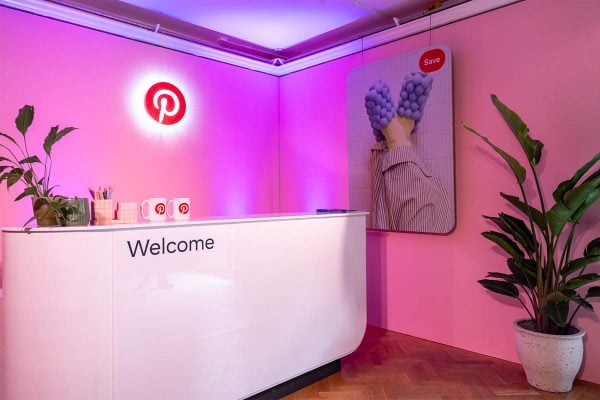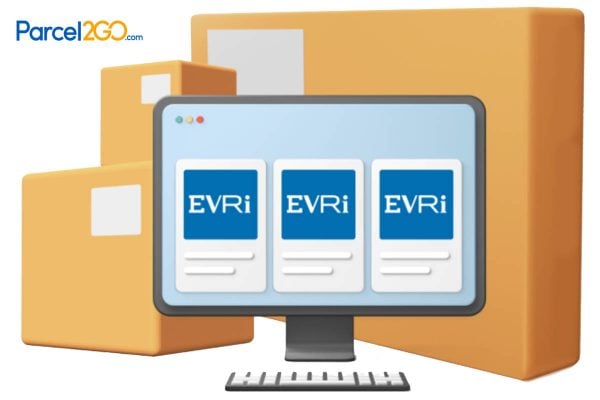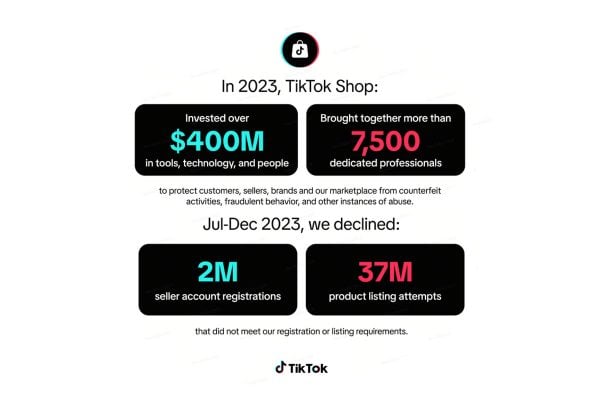The final quarter is the most important time of the year in the retail calendar. According to the National Retail Federation, holiday sales represent about 20 percent of annual retail sales each year, but the figure can be higher for some retailers. Black Friday is an integral part of this as it’s when shoppers start filling up their carts and taking advantage of deals before the festive season. Last year during the shopping frenzy, Barclaycard processed a record 1,087 transactions per second between 1pm and 2pm and saw a 16 per cent increase in the number of payment transactions compared to Black Friday in 2017.
This year, BlackFriday.com predicts online spending will surpass US $12 billion, with 61 percent of consumers planning to do most of their holiday season shopping online. The high levels of anticipation for deals have meant many retailers launch their sales early or extend them beyond the ‘Cyber Weekend’. However, not every move a brand makes to establish its position for the shopping event is the right one.
Mark Adams, vice president of BigCommerce EMEA, shares his top five tips on how retailers can maximise Black Friday spending, both online and in store.
1. Don’t treat ‘planners’ and ‘impulse shoppers’ the same
Put simply, there are two Black Friday shopper profiles: ‘planners’ and ‘impulse buyers’. Both have very different ways of approaching Black Friday and require very different tactics from retailers.
The ‘planners’ are already thinking about Black Friday. According to Retail Me Not, 45 percent of people start shopping before Black Friday. Some will have done their homework already, deciding what they want and how much they are willing to spend. What they are looking for is the brand that adds value in the shape of early access, pre-sale shopping tools and reminders.
On the other side of the coin are the impulse shoppers; those who make knee-jerk reactions in the excitement of the moment. Impulse shoppers are more spontaneous but still have high expectations, which means making a purchase is not a forgone conclusion. What they are looking for are Black Friday shopping experiences, such as personalised emails and offers specific to them.
Despite being two distinct types of shoppers, both are decisive. Take away the ability for them to make easy decisions, and they’ll go elsewhere.
2. Knock where the digital door is already open
Acquiring new customers is always important, but not at the expense of taking your eye off existing customers. Getting customers through the door is just the start of the battle. What makes them repeat customers is trust and connection with the brand.
Do you have people who purchased last year who haven’t done so this year? Now is the time to target them. Perhaps emailing them with a promotion for a free gift when they spend a certain amount? Or a product recommendation that is the logical next purchase after the first? You should at least attempt something to get them to come back and buy again. You have to knock where the digital door is already open.
Similarly, some shoppers may browse your site and choose not to purchase anything – but that doesn’t mean you’ve lost them. With the right retargeting strategies, such as a follow-up email reminding them of the items in their online cart, you can follow up with the shoppers who never checked out online and bring your brand front of mind.
In many cases, there are specific apps you can employ just for this purpose. With the right marketing automation tool, such as Remarkty, you can set up email sequences targeted to shoppers who abandoned their carts on your site.
3. Make sure your marketing doesn’t outshine your operations
Alongside connection and trust, reputation is key for brands. Customers expect mobile functionality, a seamless checkout experience and multiple payment options. Overpromising in order to get customers through the digital door then underdelivering on their experience is a quick way to ruin the reputation you’ve worked so hard to build.
According to Think with Google, 53 percent of visits are abandoned if a site takes more than three seconds to load. Frustrations will grow quickly at the first sign of friction and once customers decide to leave, almost half (46%) of shoppers will never come back. These frustrations can include unsecure pages, broken URLs and an abundance of redirected URLs. Simplicity should be the focus.
If the worst does happen and your operations falter, have a plan in place that enables you to act quickly. All issues should be fixed in hours, not days.
4. Too many discounts can devalue your brand
Many customers want to dig out a good deal. They feel a sense of triumph when they secure a product at a low price that they’ll want to tell their friends about. Black Friday and Cyber Monday continue to drive mass excitement because they still produce seemingly big discounts that can only be found once or twice a year.
But there is a distinct line between haphazard discounting and creating a unique offering that resonates with your customers. You don’t want to devalue your brand to the point where customers see it as cheap. This could have the opposite desired effect on them, ultimately compelling them to stay away and avoid repeat purchases.
Making a quick sale is great but Black Friday isn’t just about creating quick, one-time revenue — it’s also about establishing connections and laying the foundations with customers who will return to purchase in the off-season. By continuously offering discounts and false urgency to purchase customers will start to question the integrity of a brand.
5. Don’t make the same mistakes you made last year
Use free tools like Google Analytics and Google Search Console to look back at data from the previous year. Have you tweaked your site based on insights into how your holiday season traffic behaves? Was there a specific time you saw a spike in traffic to your site?
Use the time now to analyse what worked in the past. It’s crucial to look at the pages that were most successful last year, and then make sure you optimise them for the coming season. Which of your products were most popular? Were most of your visits from email marketing, or did visitors find your site organically? What were they searching for? More importantly, analyse what didn’t work last year and adjust accordingly.
If you didn’t have these tools set up last year, make sure you do your homework now. Without them you will be missing out on vital information related to user behaviour, sales conversions and website performance – information that your competitors will be using to their advantage.
Black Friday done right is an ideal way for your business to make headway before the festive season truly begins. However, you must remember it is also an extremely competitive landscape. Getting ahead of the curve and having everything in place ahead of the event will set you apart from your competition. This will not only help you make the most of the opportunities available, but it will help you build relationships with customers who can join the journey your business takes for Black Friday and beyond.









